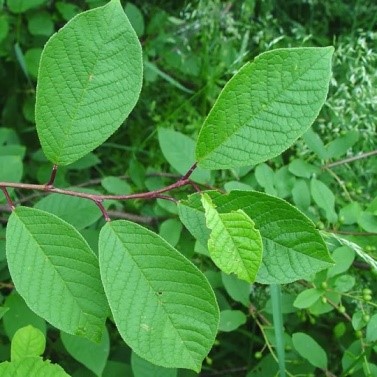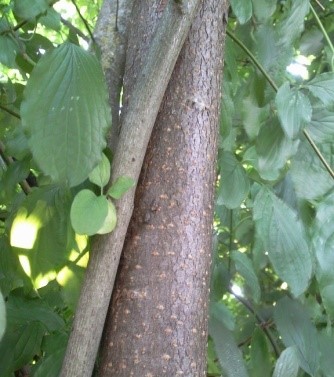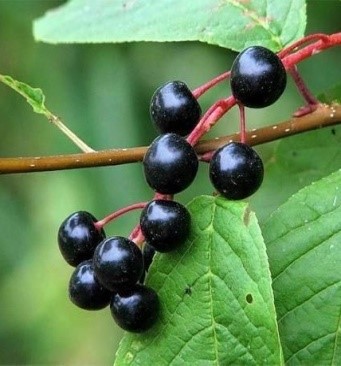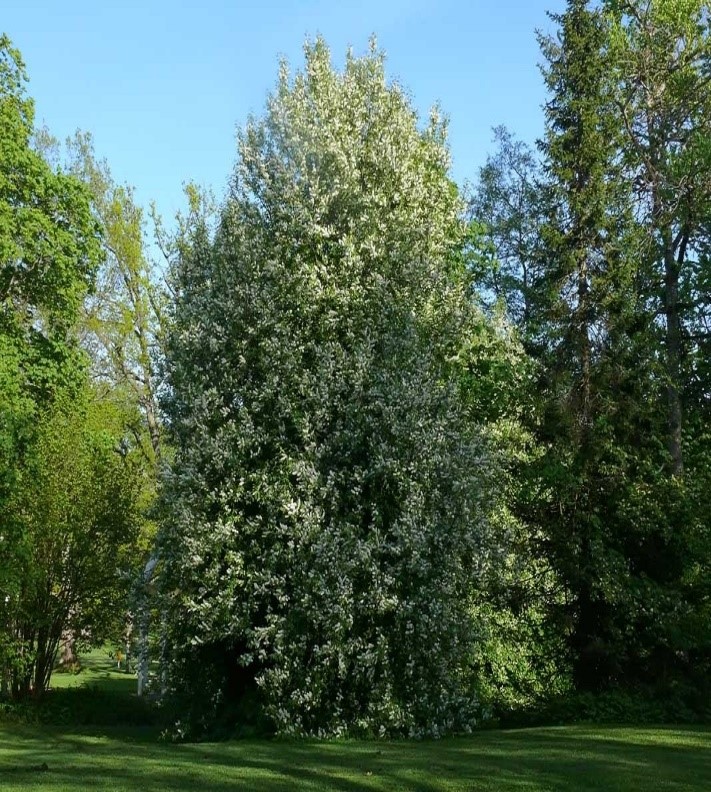Trees
Prunus padus L.
Prunus padus L.
Description :
This plant is a small deciduous tree or a large shrub having height of
about 15 to 17 m. Branches are ascending and rounded shape. The bark is rough
and brownish grey. The leaves of the plant are alternate and up to 6 to 13 cm
long and 3 to 6cm broad. The petiole is about 1-2cm long. Flowers are white,
broad and fragmented and petals are 5 to 8 mm long. Fruit is small, black,
shiny, and glossy and it has bitter taste.
Distribution :
It is native to northern Europe and central Asia, including Japan. It
also inhabits in all of Eastern Europe as well as In Asia it is found
throughout the forests of Siberia, the Russian Far East, Korea, Hokkaido, and
parts of China with pockets in the Himalayas including Gilgit Baltistan. It prefers to grow streams and in moist open woods, usually on
alkaline soils, but also found on acid soils in upland areas. Forest and scrub,
most frequently growing on calcareous or base-rich substrates, avoiding very
dry or very acidic conditions.
Uses :
It has different uses. Fruit is eaten as
raw or cooked. The fruit usually has a bitter taste and is used mainly for
making jam and preserves. The fruit, dried and ground together with the stones,
yields a powder used for tarts and in the preparation of a fruit liqueur Leaves
are also cooked and eaten. Special type is made from the bark of the tree. It
relaxed the body. This plant has been used as graft stock for sour cherry: it
can be potentially used as a gene donor for crop improvement. It is an
excellent garden ornamental plant: in the past this species was often moved
from natural growing sites into home gardens especially in the areas where the
climate is harsh.
(Donno et al., 2018)
(Wiesenborn, 2015)



